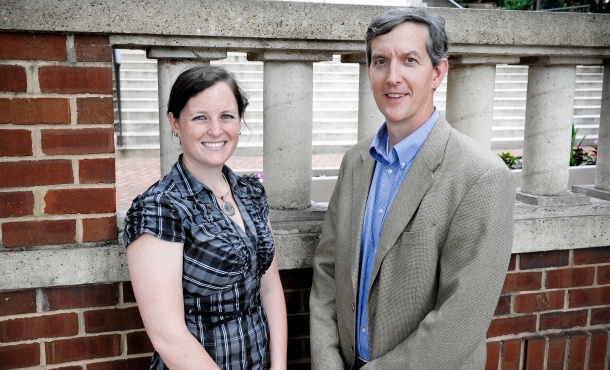Article by Rebecca M. Stone – Women News Network – WNN Opinion
CHARLOTTESVILLE, Va. – Darryl is a 12-year-old African American boy whose mother, Ariel, is a single parent. Ariel left high school after becoming pregnant with Darryl and has struggled to find anything but minimum wage jobs to support her family.
One day when he was out with another friend, Darryl noticed his neighbour had accidentally left the front door ajar upon leaving. Without thinking through what they were doing, he and his friend snuck into the neighbour’s house and stole a video game that they hid in Darryl’s room. When the neighbours came home and realised someone had robbed their house, they called the police.
Looking at Darryl’s story, one might conclude that the future does not bode well for him. In fact, we probably would not be surprised if we were to learn later on that he was in prison. However, there is much more to his story, and a great deal that we can learn from it. The police response ultimately resulted in a restorative intervention and provided Darryl with an alternative approach.
All too often, the criminal justice system offers only one solution to addressing transgressions: incarceration. A 2008 study by the Pew Charitable Trusts, an organisation that focuses on improving public policies, found that one in 15 black men 18 years of age and older are incarcerated, compared with one in 106 white men. Even more startling, one in nine young African American men between the ages of 20 and 34 are behind bars, compared to one in 30 of the general US population in that age group.
There are no easy answers to the question of what to do about the disproportionate incarceration rates of young African American men. Nor is there a single solution to address the many layers of structural inequalities that perpetuate cycles of poverty and violence in their lives. We know that incarceration does not solve the problem of crime; this is evident in the fact that around 40 per cent of released inmates are back in prison within three years. For some people, prison can induce change, but the reality is that once within the “system”, many people tend to stay.
So how do we prevent people from entering the system? How do we respond appropriately to young people like Darryl who commit a crime?
The best response is a preventative one in which we create structures that help prevent youth from entering into criminal activity in the first place and provide them with support to become productive citizens. Even so, the reality is that crimes will still be committed. Consequently, we need an alternative approach to address these transgressions.
I met Darryl when he was referred to the restorative justice programme in which I work. Restorative justice is a way of responding to crime that focuses more on people and relationships, and less on the law that has been broken. Whereas the criminal justice system typically asks, “What law has been broken?” “Who broke it?” and “What punishment does s/he deserve?” a restorative justice approach asks a different set of questions: “Who has been harmed?” “What needs to be done to repair this harm?” and “Who is responsible for repairing it?”
In this relational response to crime, offenders talk about the incident, consider what they were thinking, actively process how to prevent it from happening again, write apology letters and, in many cases, meet their victims in a facilitated conference in which they answer questions, apologise directly and collaboratively come up with a plan of repair. Offenders often find that the restorative justice approach is more demanding than the traditional punitive approach, as they personally and directly see the consequences of their actions.
In Darryl’s case, the neighbour wanted an apology letter and did not need to meet with Darryl. She said she hoped that he would learn a lesson from this experience. Darryl said he had. That was over a 18 months ago, and he has not committed another crime since.
Restorative justice works. Last year the Albemarle County programme I am involved in in Virginia had an 11 per cent recidivism rate for young offenders. In comparison, there was a 23 per cent recidivism rate among young offenders in the same area who did not engage in a restorative justice process.
Restorative justice is not the sole solution to correcting the disproportionate crime and incarceration rates among African American youth. However, it is one compelling step that has decreased recidivism and deserves to be promoted more widely across the United States.
___________________________
Rebecca M. Stone works with juvenile offenders and victims at Central Virginia Restorative Justice in Charlottesville, Virginia. She is also completing her Master’s degree in conflict transformation at the Center for Justice and Peacebuilding at Eastern Mennonite University in Harrisonburg, Virginia.
________________
©Women News Network – WNN
WNN welcomes discussion. Opinions in WNN commentaries have been released to allow open discussion and do not necessarily reflect the opinions of WNN. This op-ed has been brought to you through a WNN partnership with CGNews. No part of this commentary may be reproduced without prior permissions from WNN &/or the author.
